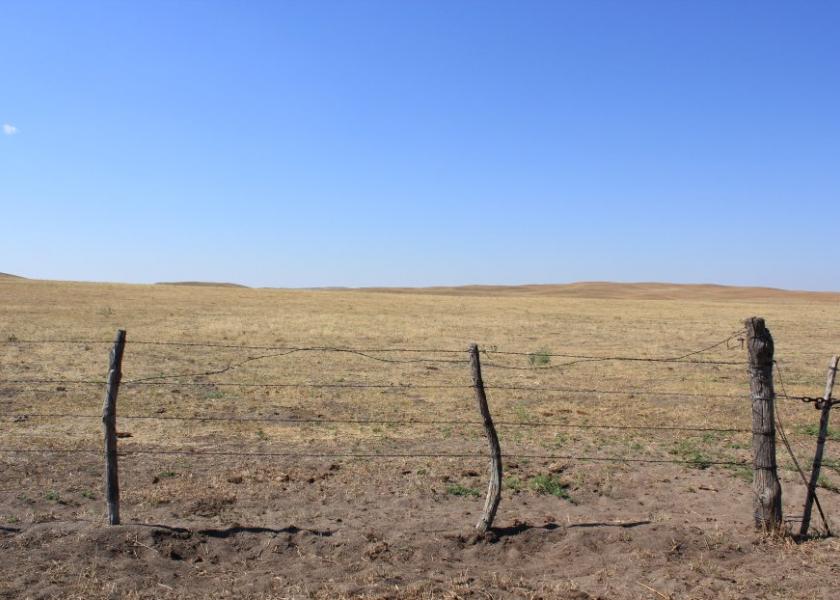Cattle Rustlers Target Valuable Livestock: Are You At Risk?

While stolen cattle headlines surface occasionally, cattle rustling is far from simply being a part of Wild West history.
Considering today’s economy of high cattle prices, cattle might be an extra “hot” commodity.
Across the U.S., brand committees and livestock boards serve livestock producers in identification and ownership and should be notified when livestock is missing or presumably stolen.
Sure, there’s the occasional stray cow or calf that makes its way through the fence and down the road a few miles, but the following numbers are slightly more significant.
In 2023 alone, 454 head of cattle have been reported as missing/stolen in Nebraska, 177 in Montana, 74 in North Dakota and 71 in South Dakota, according to reports on their respective sites.
In Wyoming, between 2017 and 2022, nearly 4,000 head of livestock have been reported missing, according to the Wyoming Livestock Board and a local news article.
Brand Inspection
Change of ownership through sale or gift and out-of-state travel are automatic triggers for brand inspection in most participating states. However, this presents its own challenges.
States with partial brand inspection areas, including Nebraska and South Dakota, can provide an easy escape route for thieves to obtain livestock, leave the brand inspection area and cash out.
“It doesn’t take much knowledge or experience to gather some cattle and load them,” says CJ Fell, a criminal investigator for the Nebraska Brand Committee. “Once you’ve got them loaded, it’s just a matter of drive time to get out of state to a non-brand area.”
Unfortunately, the biggest challenge is timing, Steve True, director of the Wyoming Livestock Board, told the Cowboy State Daily. In many cases, by the time owners start looking for missing cattle it might as well be a cold case.
Brand inspection states include Arizona, California, Colorado, Idaho, Iowa, Montana, Nebraska, Nevada, New Mexico, South Dakota, Utah, Washington and Wyoming. This leaves a large number of states across the U.S. without a formal registration of livestock ownership identification.
Grab and Go
While it’s more often that livestock are loaded on a trailer to be stolen, some thieves prefer to kill, butcher and haul the meat away on the spot.
True told Cowboy State Daily that this type of livestock theft isn’t frequent but happens nearly every year in Wyoming.
For example, in early July 2023, a calf in a southwestern Wyoming county was killed, and the thieves took out the animal’s front and rear quarters, backstraps and tenderloins, dumping the remainder of the carcass. Additionally, the calf’s left ear was cut off, presumably to hide any evidence of an ear tag.
Protect Your Herd from Theft
Keeping accurate records, Fell says, is the best way for cattle producers to prevent theft.
Additionally, the use of a brand is the easiest way to trace livestock back to their rightful owners, says Ben Eggleston, special ranger for the Texas and Southwestern Cattle Raisers Association (TSCRA). Without a brand, cattle are an easy target for theft.
Locking gates, pastures and corrals and permanently identifying livestock and equipment can help deter theft, Fell and Eggleston add.
Unfortunately, Eggleston notes, victims of agricultural theft often know the culprit.
“I hate to think of the percentage of cases where we’ve had a successful conclusion and you find out you know who stole from you,” says Eggleston, who has spent 30 years in law enforcement and 15 years as a TSCRA special ranger. “You have to know who you are doing business with.”
If cattle theft is suspected, producers should immediately alert authorities to increase the chances of recovering the stolen property, Fell advises.
“People are following in their family’s footsteps by raising cattle,” Eggleston adds. “It is very personal when somebody steals from something that is a legacy.”







